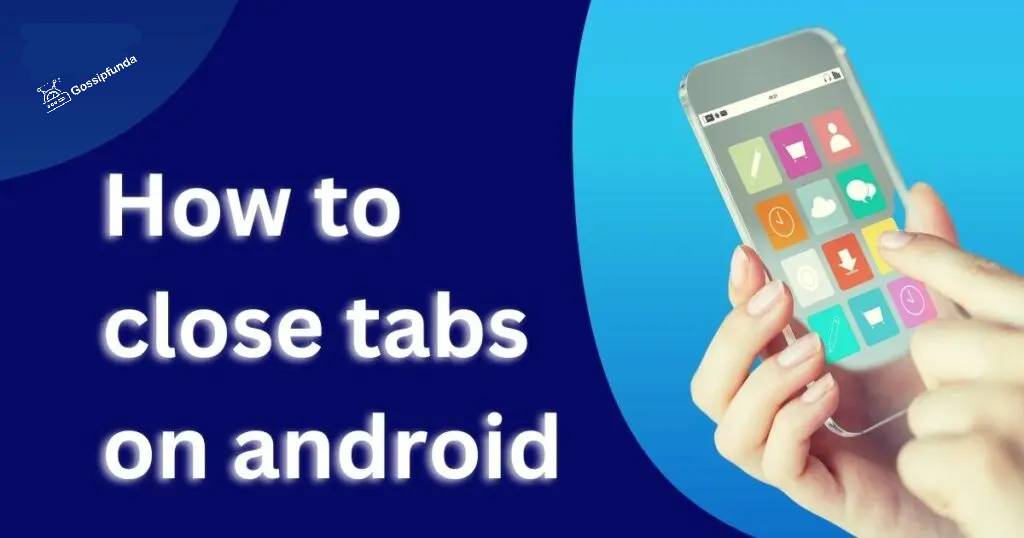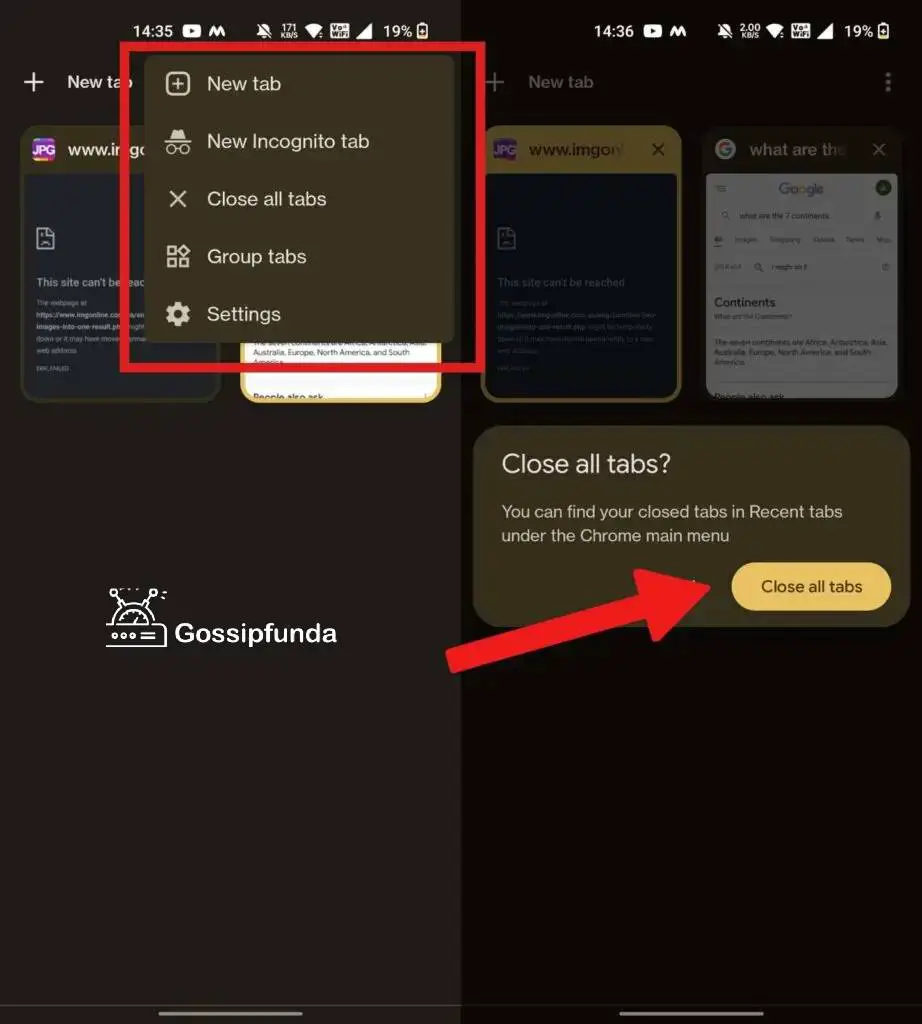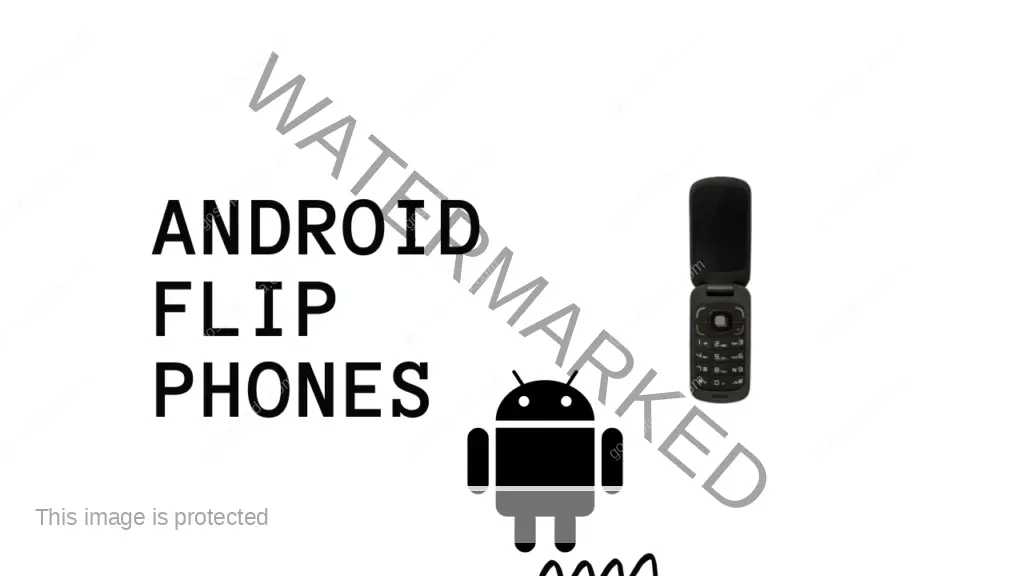In this post, we are going to learn how to close tabs on android. TabLayout is indeed a new dynamic in the Design Support class in Android. It has a horizontal layout for displaying tabs upon that display. Utilizing tabs, we may present many displays on a unified dashboard. Users can swiftly switch amongst tabs by swiping. TabLayout is a component class that must be included in our layout(XML) in order to create Sliding Tabs. To construct, modify, and control the tabs, we employ several TabLayout procedures. TabLayout is a screen configuration that displays tabs. Using TabLayout, we can build both sliding and non-sliding tabs. We alter the layout also with fragments on the tab chosen responder event if we require plain tabs without sliding, as well as Viewpager if we necessitate sliding tabs. To develop tabs, the design support library includes TabLayout.
Each tab’s content should be mutually exclusive of the others and all material inside a group of tabs should be connected to one another according to a wider organizational concept. For instance, tabs may display several musical genres. They serve as filters, allowing the user to choose the kind of material they want via tabs.
Tabs include several sets of material, as was already established, and users often don’t need to view content from many tabs at once. Better not to utilize tabs at all if your content demands users to compare the information from several tabs because doing so forces users to recall information and raises interaction costs, both of which have a negative impact on usability.

A tab is a movable section just at top of the screen that displays another page or region in computer software. When a tab is clicked, the contents of that tab are displayed, whereas any other open tabs are concealed. Tabs enable you to navigate between choices inside a software, as well as different documents or websites. The currently chosen tab is often emphasized or underscored in a contrasting shade to the other tabs. The interface is intended to look like the tabs at the top of typical file folders when seen from within a file cabinet. Tabs in a browser enable you to load many web pages and easily move between them without having to open each one in a new window. For a detailed description and examples of utilizing tabs in an internet browser, read our tabbed surfing definition.
There is absolutely no limit to the number of tabs that can be opened on a website at the same time. They are, however, restricted by the amount of Random Access Memory installed in a computer. Also, every internet explorer tab consumes a little amount of memory, and if all RAM is depleted, adding new accounts allows the machine to perform very slowly or even crash the website.
Generally, your desktop workstation has more browser windows than you actually require or utilize. Nevertheless, if you open enough browser tabs to consume all available Random Access Memory, you should be able to install more.
The substantial percentage of spaces needed to form a tab is generally five or eight, depending on the application. In the instance of a word processing program, the typeface selected might sometimes determine the number of spaces. However, please remember that a tab may be assigned to any number, so it might be two, three, four, six, or seven spaces. Two very different tabs and spaces are acceptable indentations in programming or when establishing a code in a program. Tabs are revered by certain programmers, whereas spaces are revered by others. Our best suggestion is to stick to the standards established by the initial developer or the firm that created the application. If you are used to using spaces or tabs, you can convert them into many apps. However, after making any modifications, make sure to transform it back into the original standard.
Are you keeping an excessive number of open tabs on your device? Even if you’re through the use of an Android or an iPhone, you can shut all tabs open at once rather than dragging on each of them individually. This article will show you how to shut all of your device’s browser tabs:
Closing All Tabs on Chrome or Firefox
Whenever you have numerous tabs open, Firefox may be configured to notify you when you are about to dismiss a window or leave Firefox. You must then confirm your action by clicking the Close tabs button.
There are several methods for closing or exiting a Firefox window. Firefox no longer alerts you by standard whenever you quit the browser or shut a session using a menu, icon, or 3 actions as of Firefox release 94. Because the near behaviors in these circumstances were more likely purposeful, the messages created needless and sometimes undesired disruption.
Launch Google or Firefox in tabs mode. To do so, open Google or Firefox and then press the tab icon. If you’re using an Android, it’s the numbered box in the upper right-hand corner of the web browser, whereas if you have an iPhone, it’s really the bottom row.

- This works with either Chrome or Firefox on an Android or an iPhone.
- On an Android smartphone, tap the three dots, or on the Edit button on an iPhone. This three-dot menu icon may be seen in the bottom left corner of your screen, to the right of the tab icon or the Edit button.
- Tap Close every tab.
- Prior to actually moving ahead, you might be asked to confirm your action.
- You may not be running the most recent version of Chrome or Firefox installed, or perhaps could not have tapped the tab icon to be seeing your open tabs, if you cannot find this option.
Another way to Close a single tab on an Android Phone
- Launch the Chrome application on your Android smartphone.
- Toggle tabs by tapping on the right. Change tabs. You can see the open Chrome tabs you have.
- Tap Dismiss Close in the upper right-hand corner of something like the tab you wish to close.
- Swipe the tab closed as well.
Get Mozilla Firefox installed
Android smartphones tend to launch a lot of tabs, which is quite easy to happen. You may not be aware that certain links may open in new tabs. The browser tab will be left open when you return after using an app that sent you there. The situation is still chaotic even if background tabs don’t consume many resources. The default browser mostly on the majority of Android smartphones, Chrome Extensions, sadly lacks a solution for addressing this, with the exception of Safari on the iPhone and iPad. The excellent thing is that another well enough and successful browser comes with a fix—Mozilla Firefox.
- Open Firefox after downloading it from the Google Play Store. In the toolbar, click the three-dot menu symbol.
- Settings can be chosen from the menu.
- Then select Tabs.
- You may select how you want to wait already when inactive tabs were immediately terminated under the Close Tabs option.
Almost everything that is required of it would be that! A tab has now been closed for you if it has not been accessed for the amount of time you specified. Your tabs should be a lot more organized as a result. There are additional capabilities, such as extensions, in Firefox for Android that is not present in Chrome.
Can you customize various Android app notifications sounds?
It is simple to understand when your most crucial applications are sending you notifications when you have customized the notification sounds on your phone. Although notifications are necessary, checking your phone regularly may make them a distraction. Smartphones’ musical settings may occasionally be a touch overbearing and quite underwhelming. To ensure that only the most important notifications get your attention, it is advisable to designate priority tones for certain applications.
By using the phone’s default settings, you may modify and configure custom notification sounds. Here’s how to go about doing it:
- Go to Settings > Applications > Your apps on your smartphone.
- Choose the app you want to customize the tone for by finding it.
- Quickly switch the Show notifications slider button on by tapping Notifications on the app’s information page.
- Upon that Notifications tab relevant to each application, you may access a variety of notification types, such as General or device-level notifications, under the Other section. Select Alert under the relevant category.
- Scroll down to the Sound section on the page for the Notification category. It displays the app’s enabled default tone. To modify the settings, tap Sound and choose your preferred notification tone from the selection.
Conclusion
In summation, tabs Make the navigation clear. Tabs are incredibly user-friendly and intuitive. They make it very evident where the user is right now visual design can set a particular option apart from other options in the tab bar.
Organize the content better. The concept of a relationship between distinct elements is strengthened by tabs. The tab bar’s items are all in the same category. Include visual coherence. The tab bar’s visual appearance is the same across your product.
If used properly, tabs are fantastic. Although the UI component is quite straightforward, it is also extremely simple to do it wrong. Your app will look fantastic and run well if you adhere to the recommendations. The most effective approach for consumers to complete any work is with the aid of a superb app.
Frequently Asked Questions
The security feature known as Factory Reset Protection is available on Android smartphones running Android OS 5.1 or higher. You may utilize the FRP’s built-in security features, such as data encryptions and screen locks, to safeguard your device and your information. When a Google account is registered on the device, the FRP is automatically enabled. The FRP will be disabled if indeed the Google account was removed from the device before the factory data reset. After a Factory Data Reset, the FRP will stop your device from being used in an unsafe situation. This indicates that the FRP Lock will be active if your device has undergone a Factory Reset other than through Settings > General Management > Reset > Factory Data Reset.
Launch the Chrome application on your Android smartphone.
Toggle the tabs Change tabs.
Establish a tab group: To group two tabs together, touch and hold one tab and then drag it over the other.
An organization can have a tab added to it. Toggle the tab into the group by touching and holding it.
I am passionate about my work. Because I love what I do, I have a steady source of motivation that drives me to do my best.
I’m not comfortable with settling, and I’m always looking for an opportunity to do better and achieve greatness. I have a keen interest in the technical field. Apart from this, I am a social media influencer.


